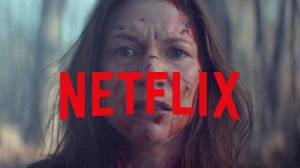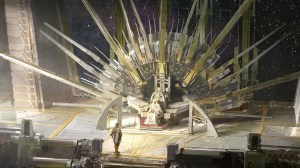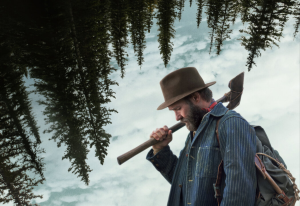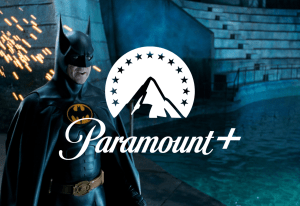The found footage genre, while responsible for some of horror’s most groundbreaking and terrifying experiences, such as The Blair Witch Project and Paranormal Activity, has also become notably saturated over the years. For every innovative entry, there are numerous imitators relying on cheap jump scares, shaky camera work as a crutch rather than a narrative tool, and predictable plots. This saturation often means that genuinely unsettling films can slip through the cracks, failing to find the wider audience they deserve. One such film is Joel Anderson’s 2008 Australian psychological horror, Lake Mungo. This deeply melancholic mockumentary eschews conventional found footage tropes, opting instead for a slow-burn, atmospheric dread that lingers long after the credits roll. It’s a masterclass in subtle horror that explores grief, secrets, and the chilling unknowability of those closest to us.
Videos by ComicBook.com
Lake Mungo unfolds through a series of interviews, news reports, and purported home video and photographic evidence presented as a documentary chronicling the tragic aftermath of a family’s loss. The Palmer family is reeling from the accidental drowning of their sixteen-year-old daughter, Alice, during a family outing to a local dam. In the wake of her death, strange occurrences begin to plague their home, leading them to believe Alice’s spirit may be haunting them. They set up video cameras around the house, hoping to capture evidence of the paranormal, and what they discover forms the backbone of the film’s narrative.
[RELATED: The 7 Best V/H/S Segments That Live Rent Free in Our Nightmares]
However, Lake Mungo quickly distinguishes itself from typical ghost-hunting fare. The horror here is less about what jumps out from the shadows and more about the crushing weight of sorrow, the disquieting feeling of a presence that cannot be explained, and the slow unraveling of a life that was far more complex than her family ever realized. Because of that, Lake Mungo is a film that burrows under your skin through its pervasive sense of authenticity and its deeply human portrayal of a family grappling with an unimaginable tragedy.
Lake Mungo Will Become Your Next Found Footage Obsession

What sets Lake Mungo apart so distinctly within the found footage subgenre is its deliberate construction of atmosphere. Director Joel Anderson crafts a palpable sense of unease that steadily escalates through a meticulously paced accumulation of unsettling details and quiet moments of dread. The film’s mockumentary style, featuring calm interviews with the bereaved Palmer family, friends, and paranormal experts, lends an almost mundane realism to the extraordinary events being described. This grounded approach makes the “evidence” they uncover — grainy photographs and indistinct figures in video footage — all the more chilling.
The sound design also plays a crucial role in building the tension. Lake Mungo is often quiet, punctuated by the natural sounds of a suburban home or the desolate landscapes surrounding Lake Mungo itself. This quietude makes the subtle noises or the hushed tones of the interviewees even more impactful. As the family delves deeper into Alice’s apparent haunting, the film also explores how trauma can distort perception and how the search for answers can lead to even more disturbing questions, a theme supported by the delicate audio editing of Lake Mungo. In addition, the unpolished nature of the “archival” footage enhances the sense that we are witnessing something real and deeply personal, making the unsettling discoveries feel all the more intrusive.

While Lake Mungo initially presents itself as a paranormal investigation into a potential haunting, the narrative gradually and slowly evolves into something far more complex. As the Palmer family, with the help of a parapsychologist, meticulously examines the photographic and video evidence of Alice’s supposed ghostly appearances, they begin to unearth secrets their daughter kept during her life. The investigation into the “ghost” inadvertently becomes an investigation into Alice herself, revealing a hidden world of anxieties, relationships, and experiences that the Palmers were entirely unaware of. This shift is where Lake Mungo truly excels, moving beyond the confines of a traditional ghost story to explore the painful realization that even those we love most can possess an inner life that remains a mystery.
All in all, Lake Mungo remains a standout achievement in the found footage genre precisely because it prioritizes psychological horror, emotional depth, and a pervasive sense of existential dread over fleeting scares. Its patient, documentary-style approach creates an unnervingly authentic experience that explores the profound impact of grief and the disquieting nature of hidden secrets. It’s a haunting and melancholic film that deserves far more recognition.
To make this all even better for new viewers, you can stream Lake Mungo for free on Tubi.
What are your thoughts on Lake Mungo, and what other underrated found footage films do you think deserve more recognition?








